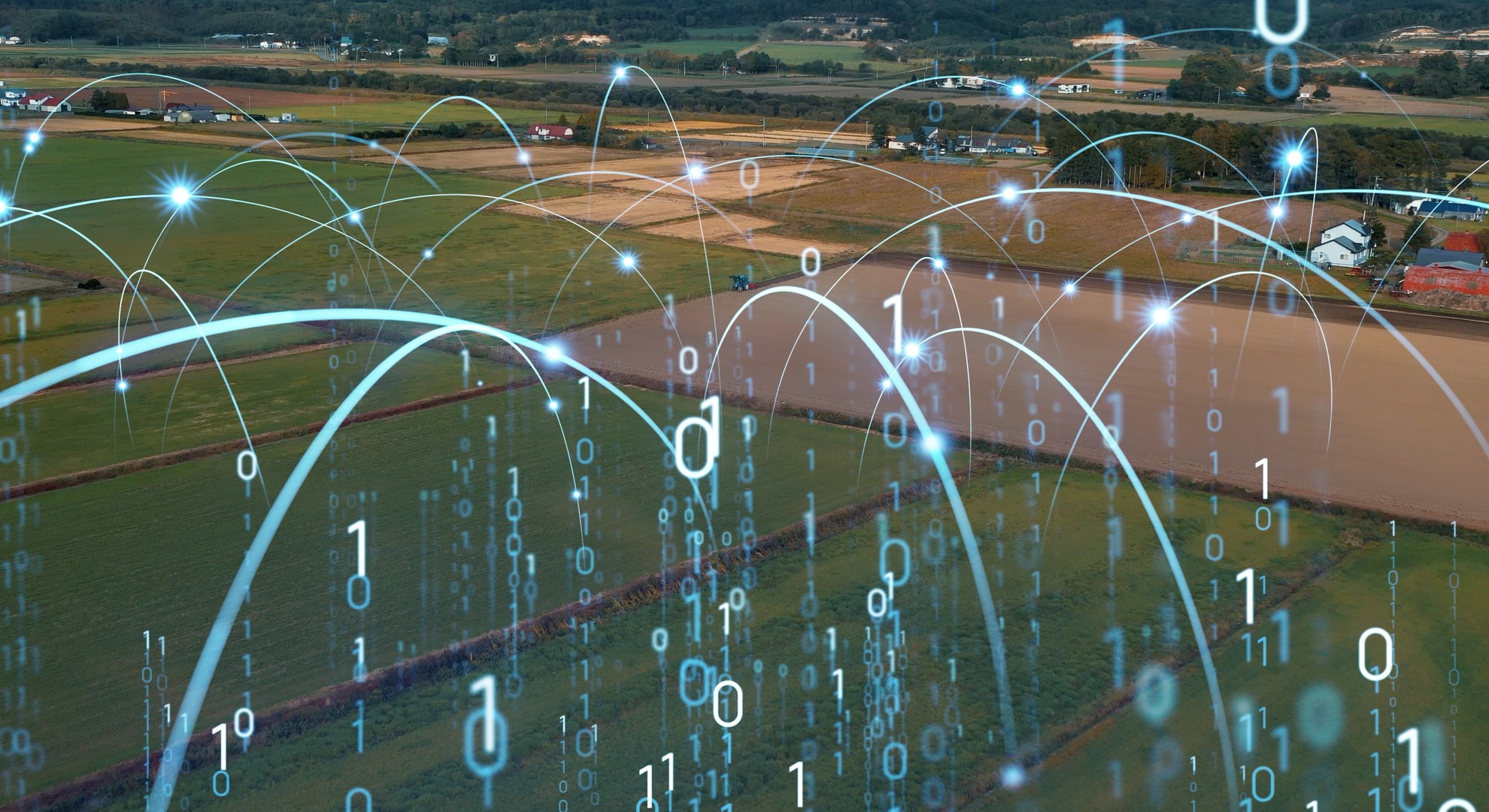
13 Dec Blockchain in the agricultural sector and food safety
The agri-food sector’s supply chain has always been complex. And that complexity has increased considerably since the supply chain has developed a global reach and is now much more interrelated and interdependent than even just a few years ago. Various stakeholders have a hand in the game, from farmers and livestock breeders to hauliers and storage personnel, not forgetting phytosanitary agencies, retailers and service providers, to name just a few.
Each and every one of them is responsible for managing not only the products themselves, but also the information about them. And they all handle highly heterogeneous monitoring, registration and management data systems, and spend a lot of their time doing it, in fact. This includes both analogue and digital systems, Excel sheets and specialist applications, emails, delivery notes, paper forms… this all makes monitoring products throughout the supply chain difficult and increases the risk that, when different data sets interact, this could lead, for example, to incorrect handling, with the subsequent health risks this could lead to. Blockchain could solve many of these issues in one go.
How does blockchain technology work?
Blockchain is nothing more complicated than a chain where each link is a (virtual) information container. Within each of these containers, or blocks, there’s encrypted data where the block’s technical characteristics are saved or recorded, including the date and time it was created, its size, who issued the information and the recipient it was sent to, for example.
These blocks and the chains formed between them are available and accessible to a series of users that form what’s known as a distributed network – usually private – where privileges are distributed horizontally, meaning there’s no single authority that dominates or regulates data traffic.
The fact that users have access to these blocks doesn’t mean they know what’s inside them, as the data is always encrypted and anonymous, except to the sender and recipient of each block. But before a specific block can become part of the chain – and therefore allow the information it contains to be “delivered” to the recipient – it has to be approved by every single part of the network. Nobody on the network can actually alter the content of any blocks, except to carry out the required cryptographic processes to approve them.
Every part of the network has to confirm that the reason behind every information transaction is legitimate and that the data in each block matches its individual record. Once a block has been approved by everyone, it becomes a legitimate part of the chain and the information exchange is complete. Once “embedded” within the chain, it can’t be destroyed and remains on the network forever, which means every block can be retraced as many times as needed in future.
Blockchain within the supply chain
Blockchain’s security, encryption and traceability features are incredibly useful for the agrifood sector’s supply chain. The blockchain registry can be public and, given it’s decentralised, it can be checked by all members of the chain at the same time.
Every block of information found within blockchain can contain data on the operations involved in bringing products to market, including collection dates, the company responsible for storage, the stakeholders involved in transportation, as well as the routes they take, the parties involved in distribution and sales, prices at origin and retail prices, etc. The product tracking and tracing systems in use around the world may be different, but if they’re based on blockchain technology, then transparency and information security can be guaranteed.
This means every product can be “monitored” from field or farm to table… Users can also verify every stage a product has gone through until it’s in their hand – comprising the entire supply chain – alongside guaranteeing they’re paying for exactly what they’ve bought, verifying its origin, freshness, the sanitary checks needed and refrigeration limits, to name just a few examples.
Hypothetically, if there were any errors in the supply chain that could potentially endanger health, lead to an outbreak or similar issue, blockchain would allow all the information known about a product to be displayed in seconds. And that, in turn, would make it possible to trace the roots of any problems much more quickly, before they have the chance to develop into a serious issue.

